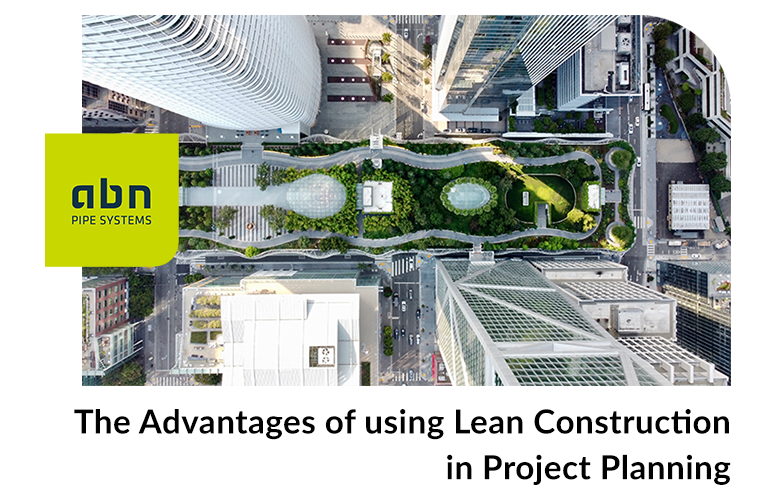In the pursuit of efficiency and, above all, sustainable construction, many innovations from other sectors such as automotive are being adapted and implemented as work methodologies in construction projects due to their ability to optimize resources and enhance effectiveness.
One of the techniques that has gained rapid popularity is Lean Construction, as it eliminates processes that do not add value to the final product, thus avoiding the loss of resources, time, and labor.
What is Lean Construction Methodology?
Lean Construction is a management technique that aims to provide value and benefits to the client in construction project planning through optimized processes, applying continuous improvement.
The origin of the Lean working system dates back to Japan in the 1950s, pioneered by Toyota, as an alternative to the mass production prevalent in the United States. The origin of the Lean working system dates back to Japan in the 1950s, pioneered by Toyota, as an alternative to the mass production prevalent in the United States.
This philosophy, when applied to construction, adopts its principles to optimize construction processes and achieve the best results with maximum efficiency, ultimately delivering a high-quality product at a lower cost and in less time.
The Philosophy of Efficient Construction
At times, the success or failure of a project depends on the management of the construction process. To mitigate potential issues and resource wastage, five principles are considered:
- Developing competitive advantages by adding value to construction: Before starting a project, it’s essential to have a clear understanding of the client’s needs. Therefore, all stakeholders should participate in alignment meetings to thoroughly understand the requirements of each project.
- Using standardized processes for planning: While each project has its peculiarities, adopting work patterns that reduce variation between projects is always possible.
- Eliminating workflows that do not add value: This principle aims to optimize the construction process and streamline timelines.
- Maintaining transparent construction management: This facilitates the identification of potential errors, as all necessary information is readily available.
- Delivering work within a short timeframe: This is made possible by having employees focused on specific tasks and having a more accurate estimation of work steps.
Challenges Faced by Lean Construction
The construction industry has historically been traditional and resistant to new changes or management approaches. Over time, this has resulted in significant deficiencies, including:
- Resource wastage: Construction is known for its high levels of material, time, and financial wastage.
- Schedule delays: Construction projects often experience delays due to poor planning, last-minute changes, and unforeseen site issues.
- Excessive costs: Construction projects frequently exceed their initial budgets due to unexpected expenses and design changes.
- Lack of quality: Construction defects and quality issues can be costly and lead to legal disputes.
- Communication difficulties: Ineffective communication among construction team members can result in misunderstandings, conflicts, and costly errors.
- Low productivity: Construction often suffers from low productivity due to inadequate planning and process inefficiencies.
- Workplace safety: Workplace accidents are a significant concern in construction.
- Client dissatisfaction: This is a common issue in construction when projects are not completed on time, within budget, or with the expected quality.
Implementing Lean Construction in Project Planning
To effectively implement this methodology, it’s crucial to pay attention to its working principles, which provide the following keys:
- Thorough planning, ensuring a well-structured workflow with predictions for possible unforeseen events and a management guide for crisis situations.
- Investment in skilled labor, reducing timelines and enhancing quality through committed and trained teams.
- Delegating tasks to technological platforms, automating processes, and preventing risks, thereby improving all stages of work.
